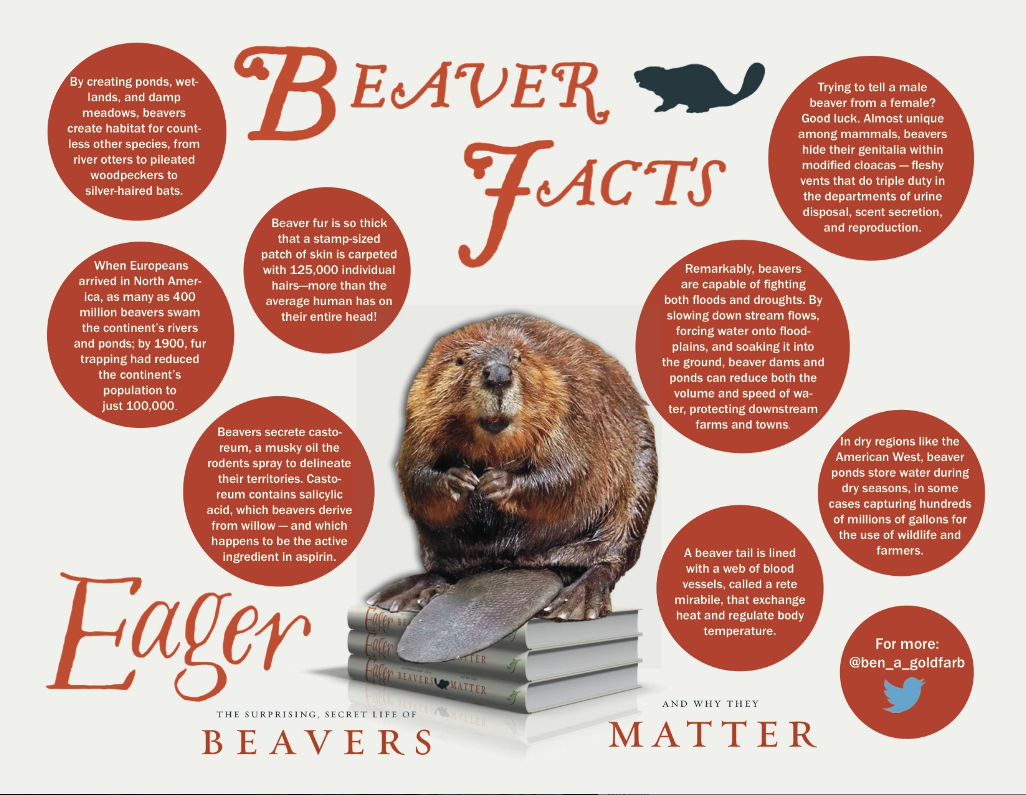Enriching the Health of Wyoming's Landscape
Beaver: Eco-Engineers
Take a dive into the amazing world of beavers
There is a lack of tolerance for beavers as well as a lack of public awareness of the benefits that beavers provide ecologically. Beavers are an integral keystone species that gets little attention by wildlife managers but have substantial, positive impacts on the ecosystem. Increasing knowledge and love of beavers will increase the understanding of this unique species which will lead to a growth in tolerance and co-existence with this valuable, beneficial species.
Take a dive into the amazing world of beavers
There is a lack of tolerance for beavers as well as a lack of public awareness of the benefits that beavers provide ecologically. Beavers are an integral keystone species that gets little attention by wildlife managers but have substantial, positive impacts on the ecosystem. Increasing knowledge and love of beavers will increase the understanding of this unique species which will lead to a growth in tolerance and co-existence with this valuable, beneficial species.
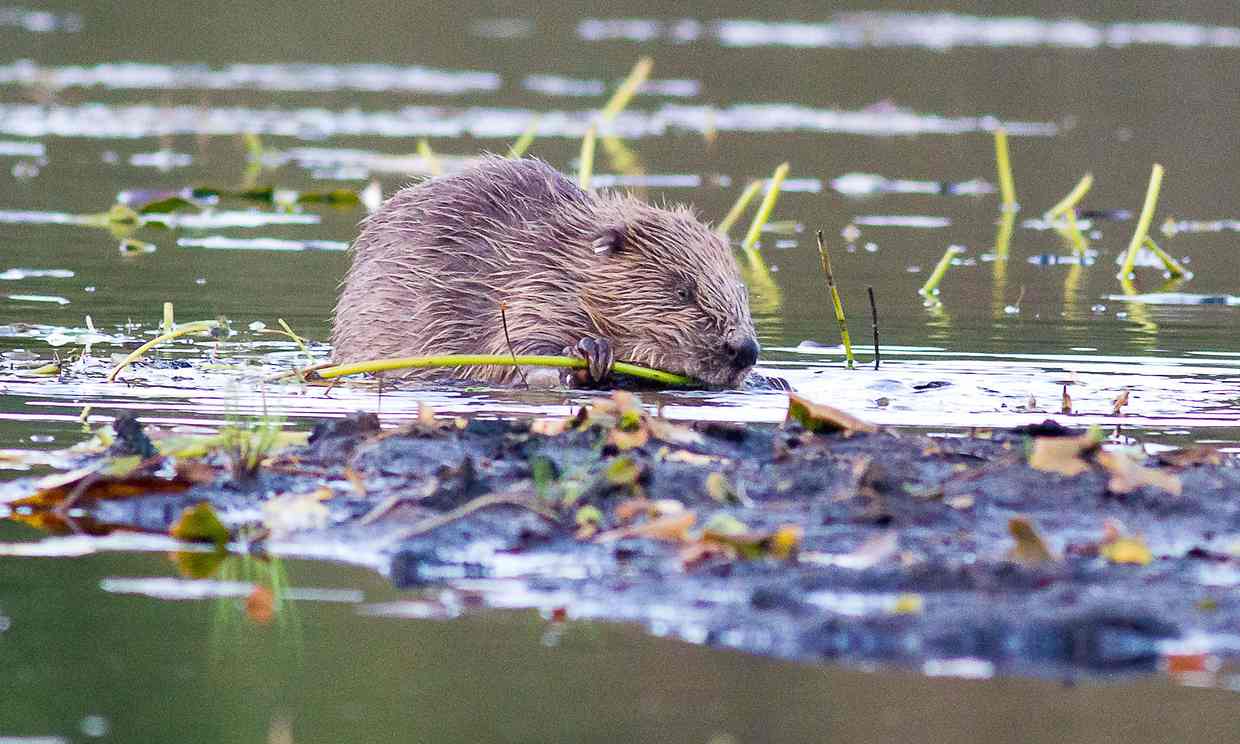
W
Why does the U.S. Forest Service want beavers back?
Due to years of heavy agricultural use, the Bridger-Teton National Forest has many habitat areas that are in desperate need of improvement. Stream banks have been denuded, new growth has been stunted, and valuable songbird, waterfowl, and mammal habitat has been lost. Historical unregulated trapping caused beaver populations to plummet and continued trapping has prevented populations from rebounding to ideal levels. Reintroducing beavers that are involved in conflict on private property to areas within the forest is a long-term, cost-effective solution to correcting these issues. Acres of forest habitat needs rehabilitated which would take human workers thousands of hours and tens of thousands of dollars. Beavers can do a better job than humans at rehabilitation of habitat virtually for free.
Videos by Jeff Hogan
Show Off the Remarkable Capability of Beavers
Why trapping beavers isn't a solution
Beavers establish a home in a particular area for availability of the food, shelter, and water they need. Trapping beavers out of a region only leaves an ecological void which will ultimately be filled by more beavers because of the available resources. Instead of trapping and killing beavers, we can help landowners create solutions to live with the industrious creatures or move the beavers to a more suitable wild location on the Bridger-Teton National Forest. Beavers can enhance a property and add lush wetlands that provide fire protection and wildlife habitat that will lure a myriad of wild creatures to the area.
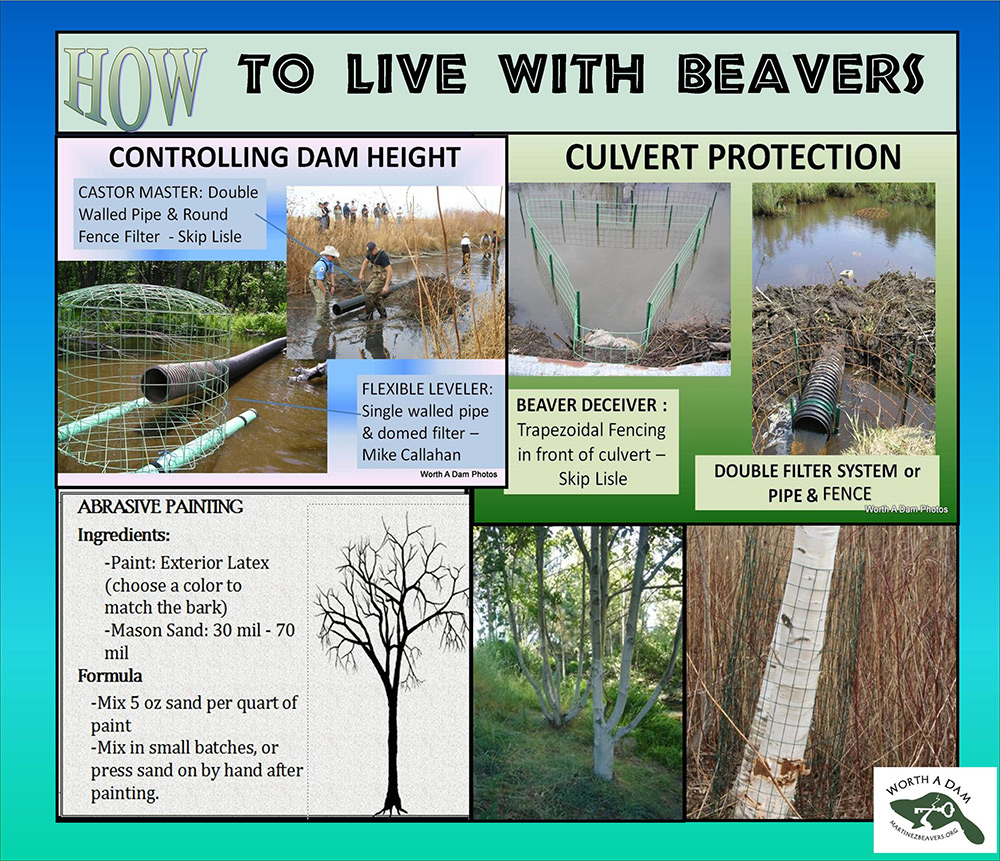
A Look Ahead
to elevate beaversOur goals are to enourage the public to mitigate the effects of human-beaver conflicts, relocate beavers to suitable areas of the forest, compare and contrast forest conditions before and after beaver reintroduction, study the effects of beaver dams and lodges on forest hydrology, and review the history of beavers and their impact on settlement of Jackson Hole. We also encourage the establishment of beavers in portions of the Bridger-Teton National Forest in order to enhance the ecology of the forest with emphasis on the improvement and enrichment of existing wetlands and the creation of new wetlands. The forest wishes to elevate the prominence of beavers and how they contribute to the Wild and Scenic designation for area rivers as part of the revision efforts of the forest management plan. Beavers are masterful at restoration and provide mitigation for the effects of climate change which is another important component to the forest plan.
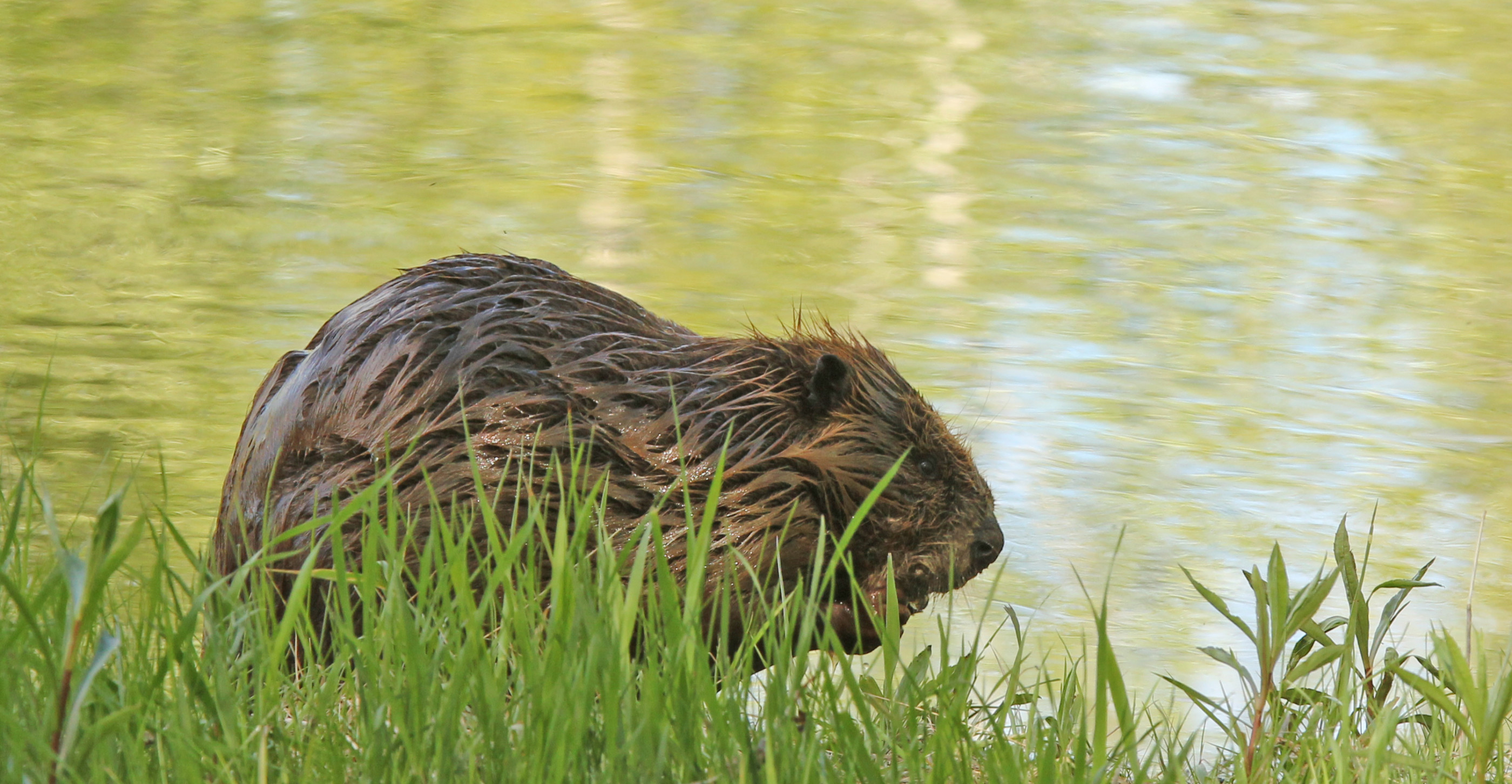
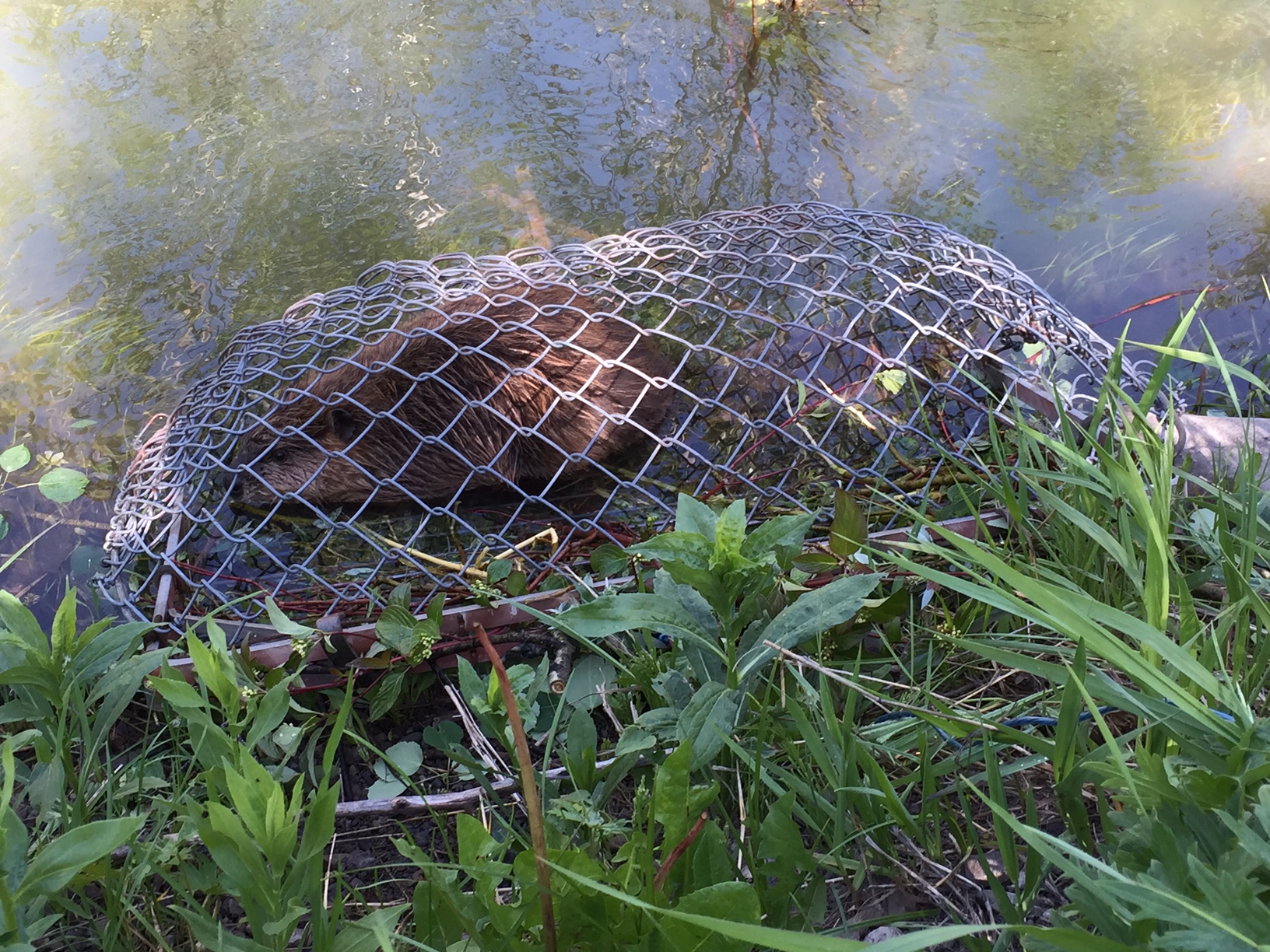
Why are beavers so important?
Webster’s dictionary defines a keystone species as: “a species of plant or animal that produces a major impact on its ecosystem and is considered essential to maintaining optimum ecosystem function or structure”
Beavers are the perfect example of a keystone species as a wide range of animals and plants depend on the wetlands created by the beavers. The figure to the right shows just a few of the animals that benefit from beavers and the wetlands they create.
Thanks to Worth a Dam and Tina Curiel of Coyote Brush Studios for this beautiful and informative image.
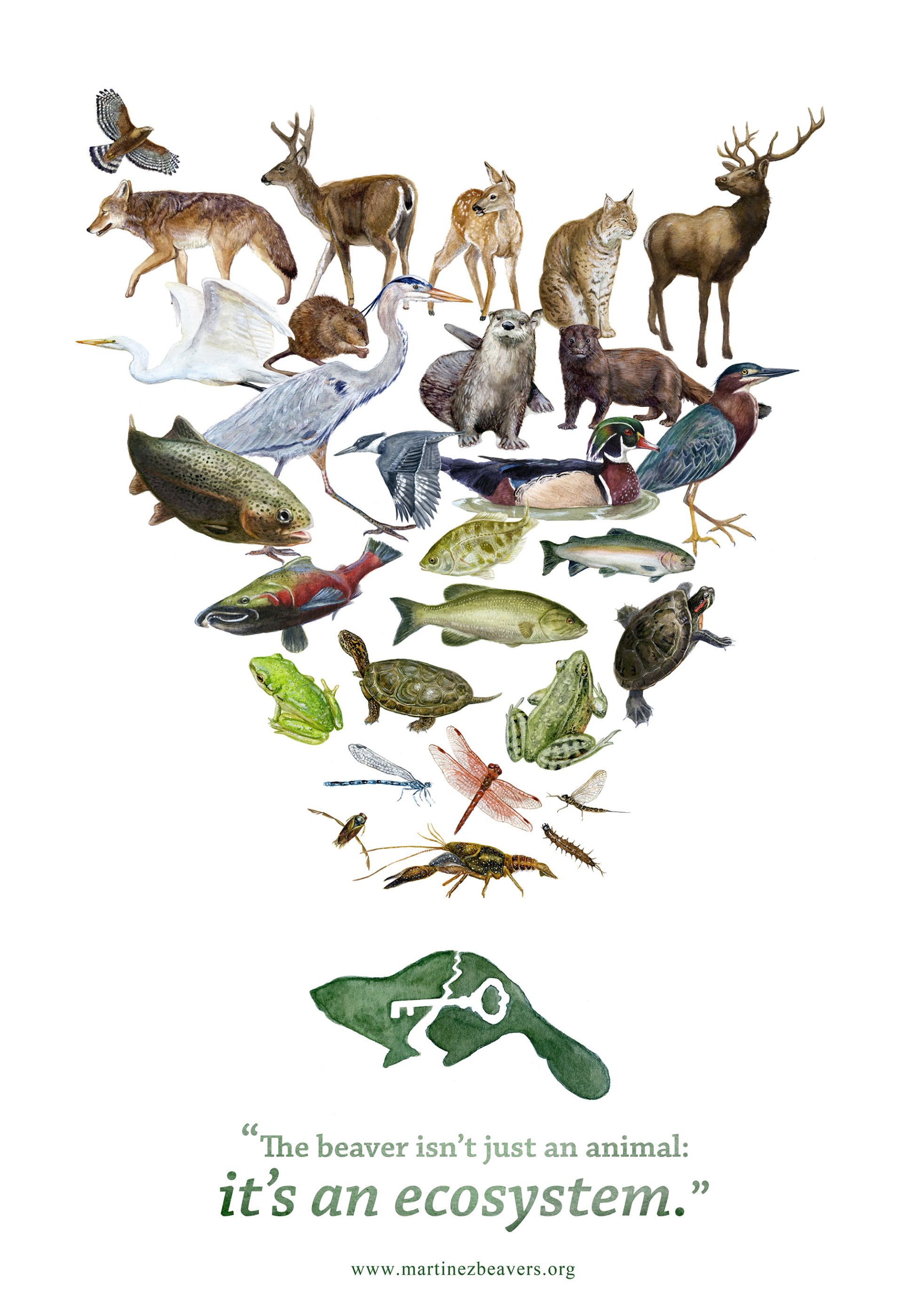
Beavers: The Smartest Thing in Fur Pants
“Beavers, the animal that doubles as an ecosystem, are ecological and hydrological Swiss Army knives, capable, in the right circumstances, of tackling just about any landscape-scale problem you might confront.”
From promoting salmon populations to capturing more water for agriculture, author and “Beaver Believer” Ben Goldfarb wants us all to appreciate beavers more. A better understanding of beavers’ myriad skills will have us all wanting to restore beaver populations in our local environment.
The following facts are from Eager by Ben Goldfarb.
